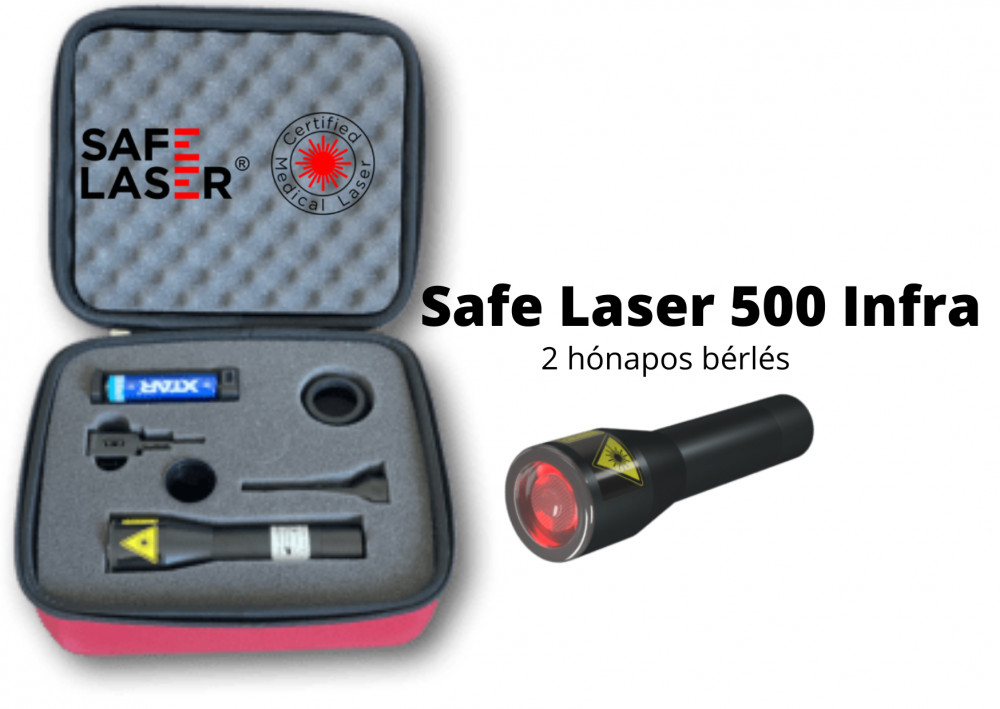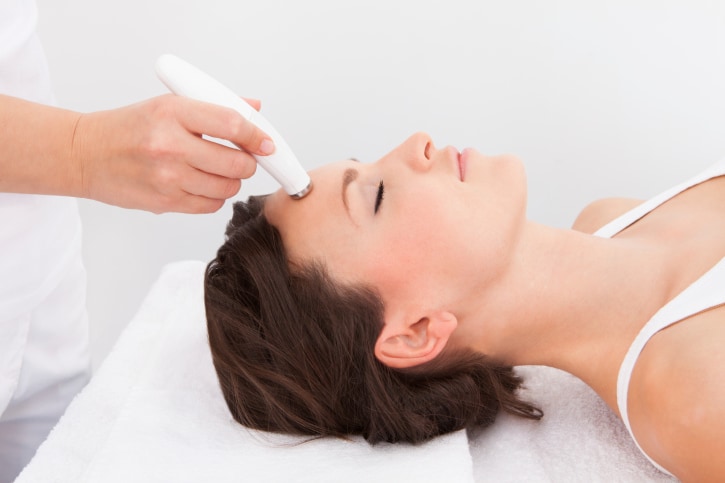Safe Laser Low-Level Laser Therapy (LLLT) helps reduce inflammation in the respiratory tract through a variety of mechanisms. Anti-Inflammatory effects - LLLT is shown to reduce inflammation, by inhibiting proinflammatory cytokines and encouraging anti-inflammatory mediators. LLLT can be utilized to alleviate symptoms of respiratory diseases like bronchitis.
Bronchodilation LLLT has been found to induce relaxation of the smooth muscle cells in airways, leading to the development of bronchodilation. This is beneficial to people who suffer from asthma, or chronic obstructive respiratory disorder (COPD) in which bronchoconstriction could cause breathing difficulties.
Improved blood circulation- LLLT promotes microcirculation by increasing vasodilation. This boosts the flow of blood to the lungs. The improved blood circulation will supply oxygen and nutrients to the inflamed cells and promote healing.
Improved Immune Reaction LLLT modulates immune function through enhancing phagocytosis and stimulating cells, a process by which immune cells engulf pathogens and kill them. This boosts the immune system to fight respiratory infections, and reduce inflammation in the airways.
Reduced Mucus- LLLT assists in reducing excessive mucus through promoting the removal of mucus and decreasing inflammation within the respiratory tract. This is especially beneficial for people suffering with chronic sinusitis or bronchitis. Excessive mucus is one of the main causes of respiratory symptoms.
Alleviation Allergic reactions LLLT is an option for treatment of allergic rhinitis. This condition is characterized by inflammation of the sinuses, nasal passages, and nasal membranes. By reducing inflammation and modulating immunity, LLLT may help alleviate allergic symptoms such as nasal congestion, sneezing, and itching.
Overall Low-Level Laser Therapy with Safe Laser is a non-invasive, treatment that is free of drugs to manage respiratory inflammation. It helps alleviate symptoms and promotes improved respiratory function. It is recommended to speak with an expert before making use of LLLT for respiratory issues. It will guarantee that you receive the correct treatment and diagnosis. Take a look at the most popular safe laser bérlés for more recommendations including lézer kezelés hatása, orvosi lézer készülékek, orr lézer készülék, lágylézer kezelés budapest, orvosi lézer készülékek, safe laser vélemények, lagylezer terapia, lágylézer kezelés, lágylézer vásárlás, laser lézer and more.

How Does Safe Laser Help In The Treatment Of Ear, Throat, And Nose Issues?
LLLT reduces inflammation by reducing the impact of LLLT. This can be beneficial for conditions like sinusitis, rhinitis and tonsillitis, where inflammation can cause symptoms like nasal congestion, sore throats, and ear discomfort. It is helpful for sinusitis and rhinitis.
Pain Relief - LLLT assists in relieving the pain of the throat, earache and sinus pressure.
Improved Tissue Regeneration LLLT increases cellular metabolism, which accelerates healing and regeneration of tissues. LLLT aids in faster tissue healing when used in ENT diseases like otitis or pharyngitis.
LLLT improves circulation of blood by enhancing microcirculation, vasodilation and blood flow in the affected regions. A better blood circulation can deliver oxygen and nutrients, which promote healing and reduce inflammation.
Antimicrobial Effects - LLLT has been found to possess antimicrobial properties that can reduce the levels of viral or bacterial infection in the nasal or throat passages. This can help treat infections such a tonsillitis or sinusitis.
Relief of Allergic Symptoms – LLLT can help reduce the symptoms of allergic rhinitis (hay fever) or allergic rhinitis by reducing swelling in the sinuses. It may help relieve nasal congestion, itching, and sneezing.
Tinnitus Treatment- LLLT was researched as a treatment option to treat tinnitus. Tinnitus causes ringing and buzzing sounds in the ear. While the precise mechanism is not fully understood, LLLT may help improve blood flow and decrease inflammation of the auditory system, leading to reduced tinnitus symptoms.
Safe Laser low level laser therapy is a safe method that is not invasive to treat ear, nose and throat conditions. It provides relief and speeds up healing. Before making use of LLLT, consult with an expert ENT for a diagnosis and advice on treatment. Check out the top rated safe laser 1800 for site advice including lézer kezelés hatása, lágylézer vásárlás, laser lézer, lezer kezeles, laser hu, lágylézer árak, lézer bérlés, orvosi lézer készülékek, safe laser használata, mozgásszervi problémák and more.

What Is The Time It Takes For A Safe Laser Device To Be Effective On Oral And Dental Conditions?
Safe Laser low-level laser therapy (LLLT) used for treating oral and dental conditions is effective based on many factors, such as the disease being treated, its severity and the health of the patient's mouth and reaction to treatment. LLLT sessions are generally scheduled over a specific period to achieve best results.
The severity and type of dental issue can impact the amount of LLLT treatment sessions that are required. For instance, conditions like periodontitis (gingivitis) and oral ulcers and temporomandibular joint (TMJs) might require a different approach to treatment or varying number LLLT sessions.
Individual Reactions to Treatment – Certain factors, such as the overall state of oral and dental health as well as immune function as well as healing capacity and other variables can affect the way a patient responds to LLLT. Some individuals react to treatment faster and notice a greater improvement in symptoms. Other individuals may require a longer-term treatment.
Treatment Protocol - A dental professional's recommended treatment protocol will play a major role in determining how frequently and for what conditions LLLT is employed. Healthcare providers can modify the treatment plan based on the individual's needs. This may include scheduling LLLT every week, or at certain intervals over a longer period.
Chronic and. Acute Conditions – The difference between chronic and acute conditions can impact the number of LLLT sessions needed. Acute conditions like oral ulcers and post-operative pain can be addressed in shorter sessions, whereas chronic conditions like periodontitis and TMJ conditions require more attention.
While some patients may see improvement in oral and dental conditions after just a few LLLT sessions, others may require a longer-term treatment plan for optimal results. To reap the maximum benefits of therapy of oral and dental issues, it's important to follow the prescribed treatment schedule and attend every scheduled LLLT treatments. To ensure proper treatment communications with the dental practitioner is crucial.









